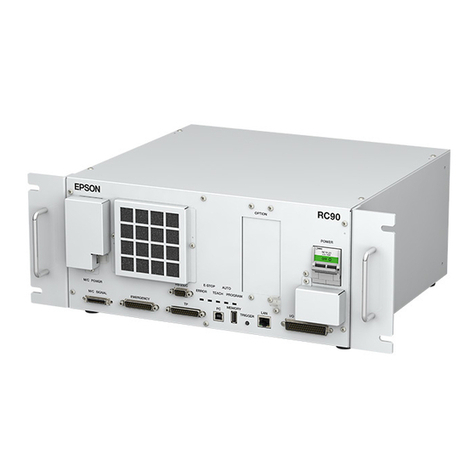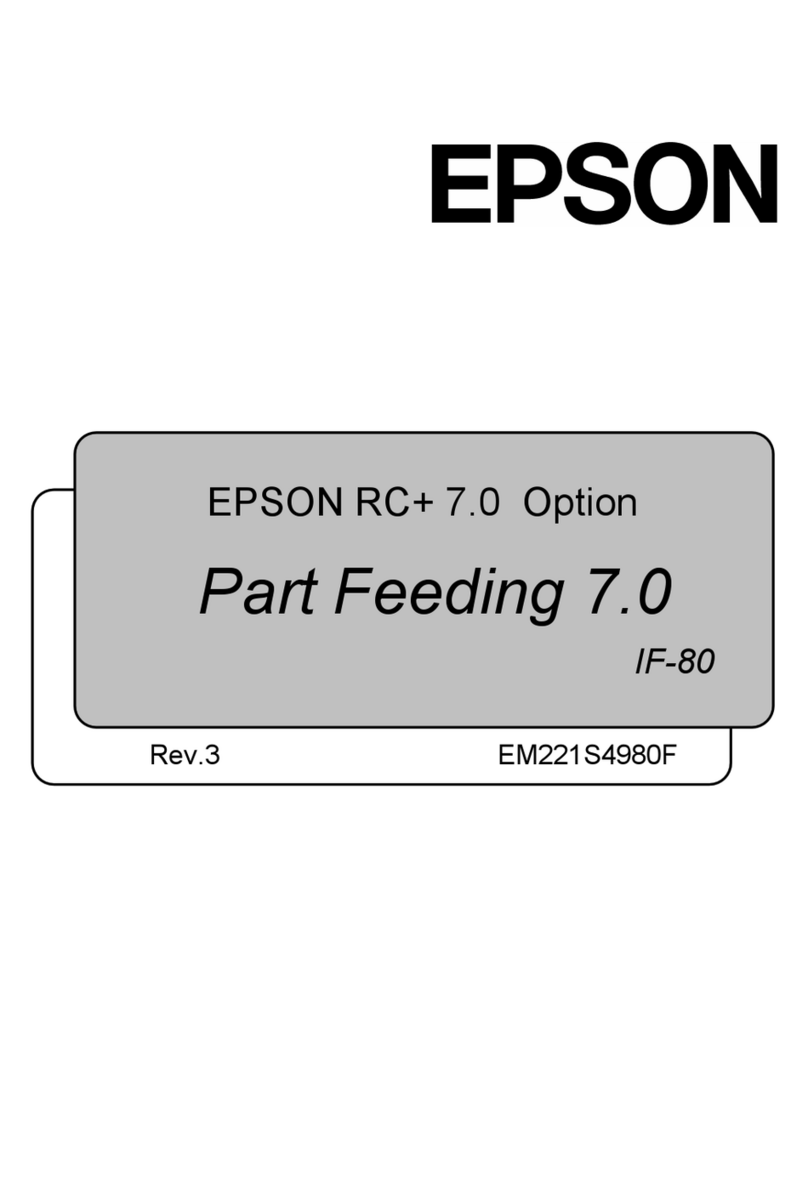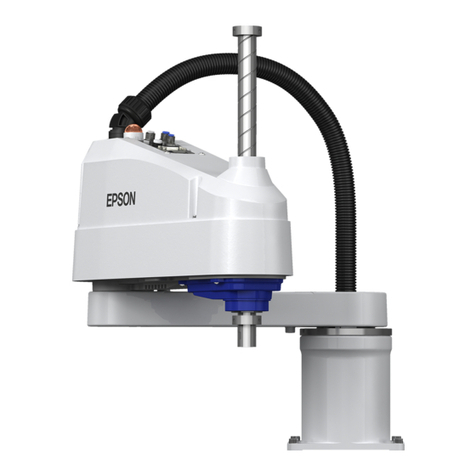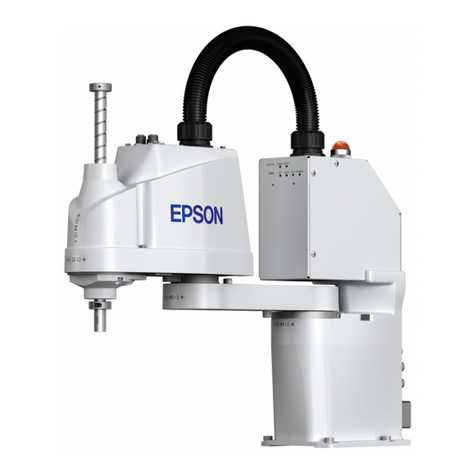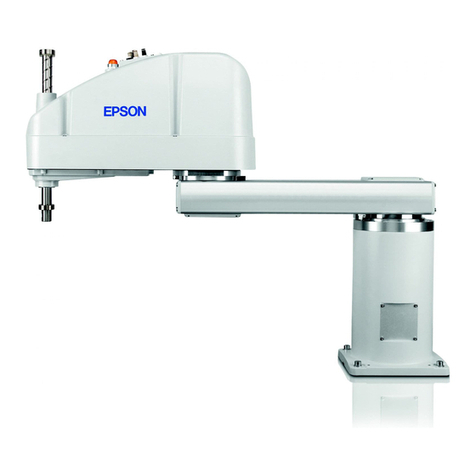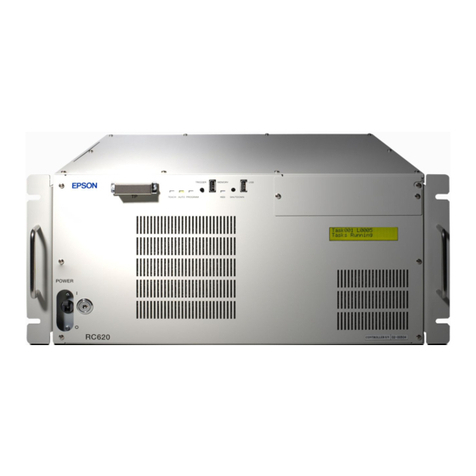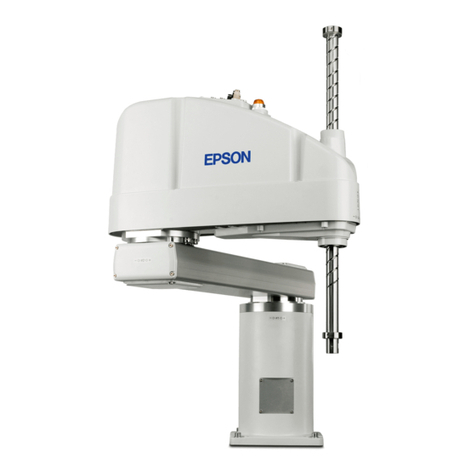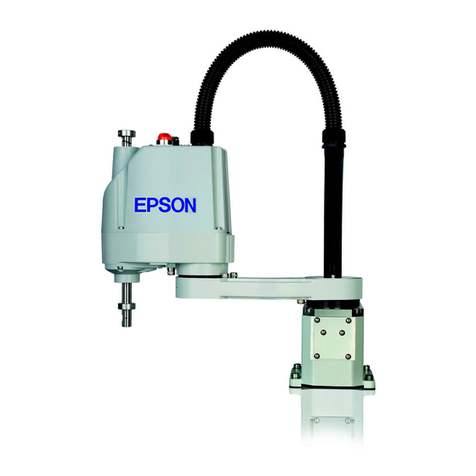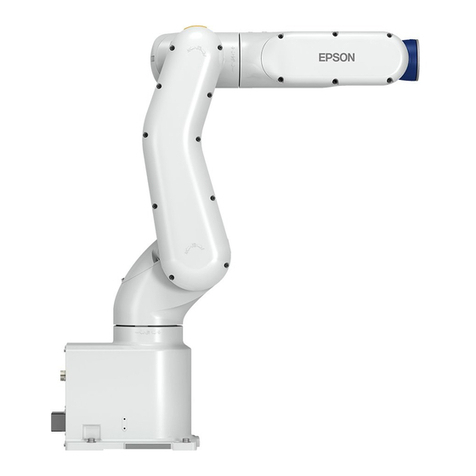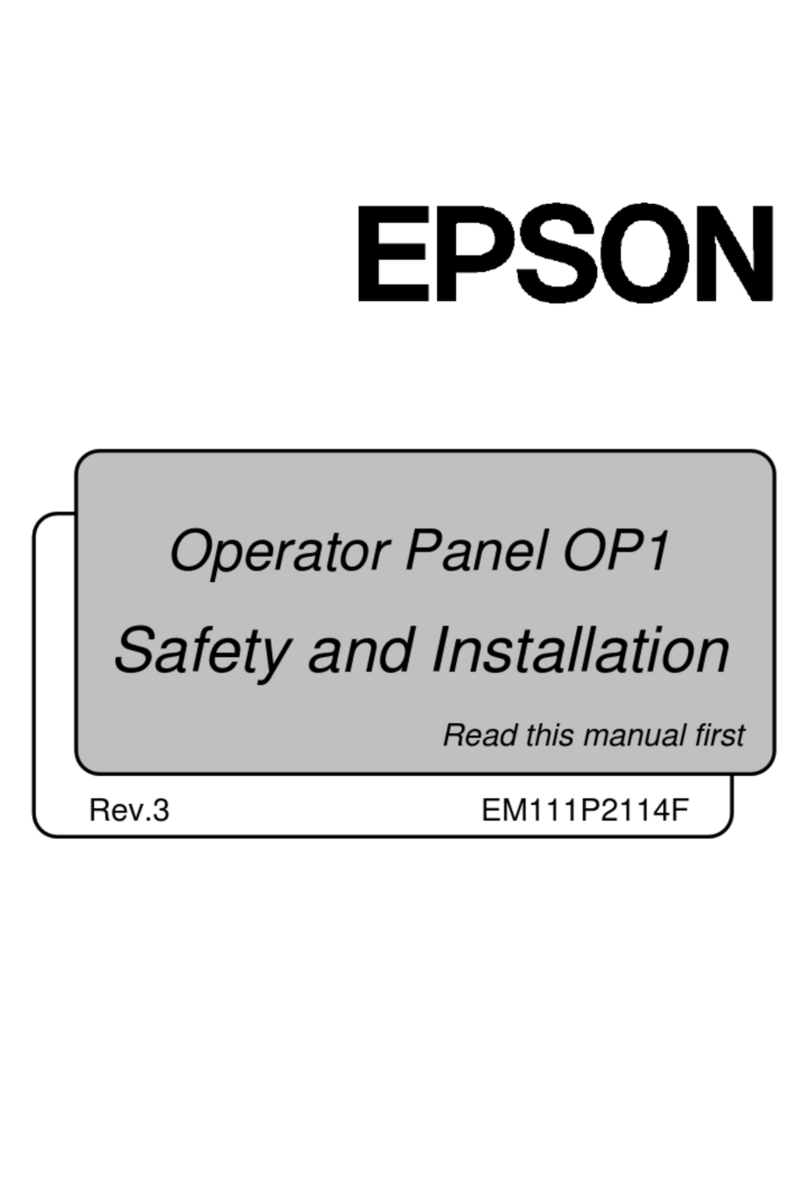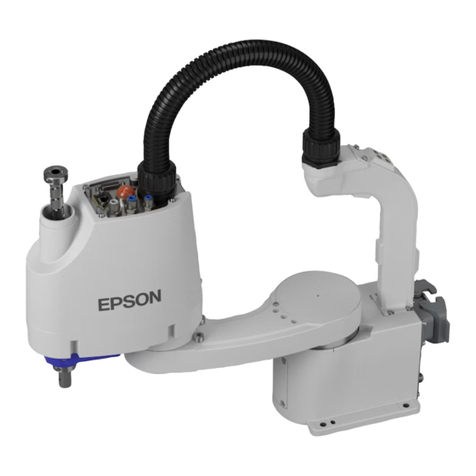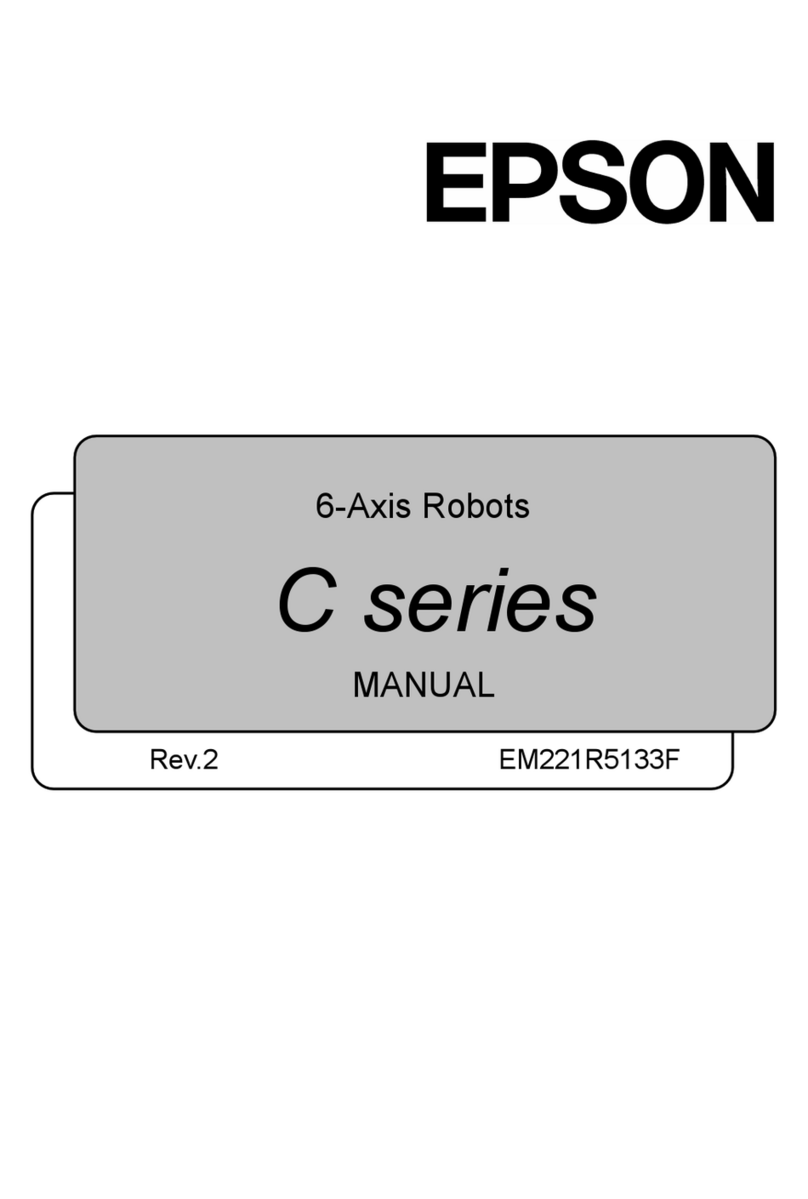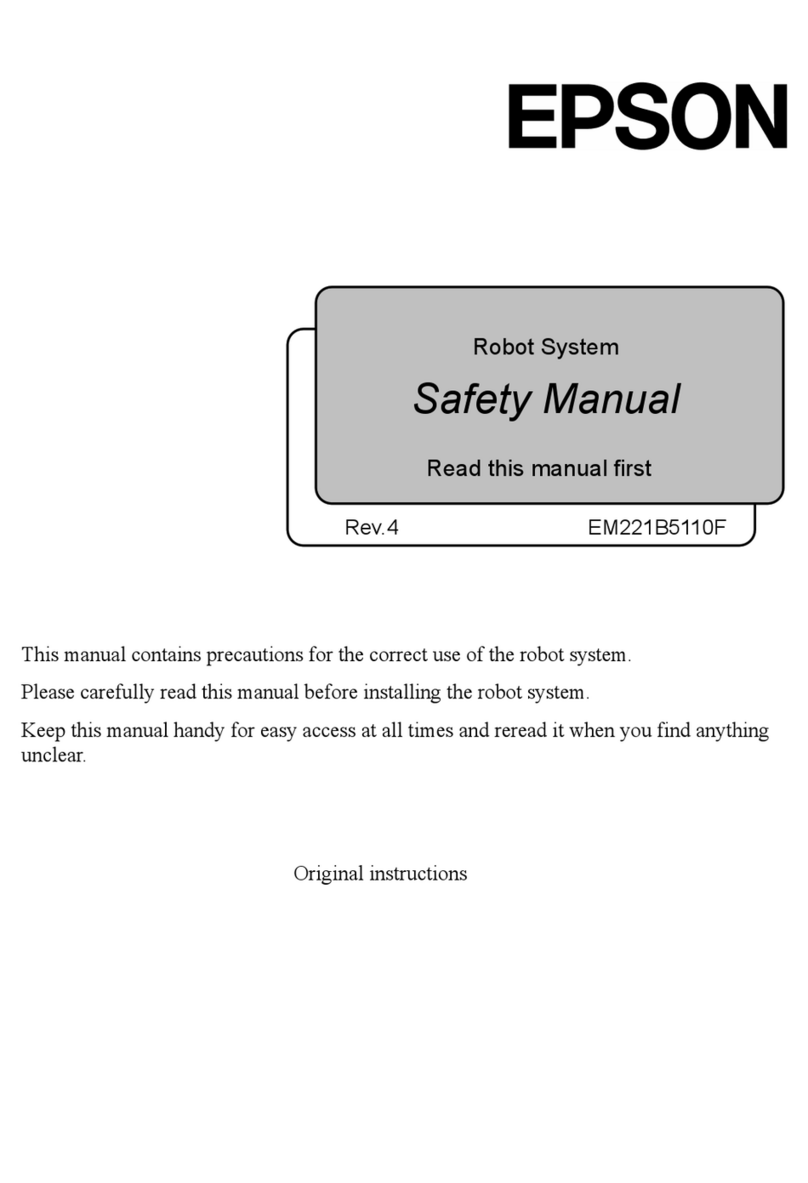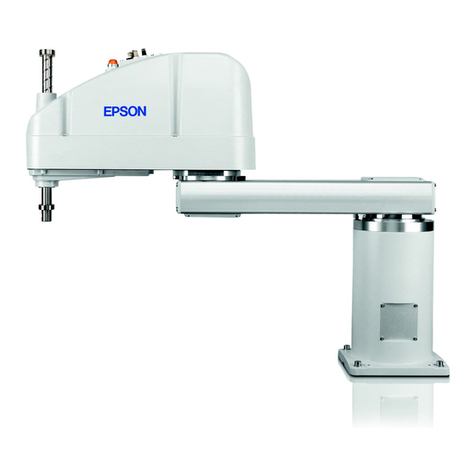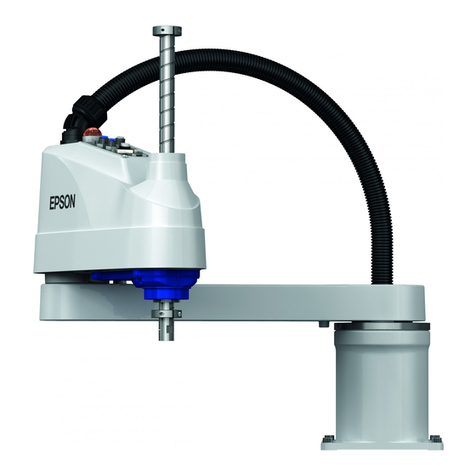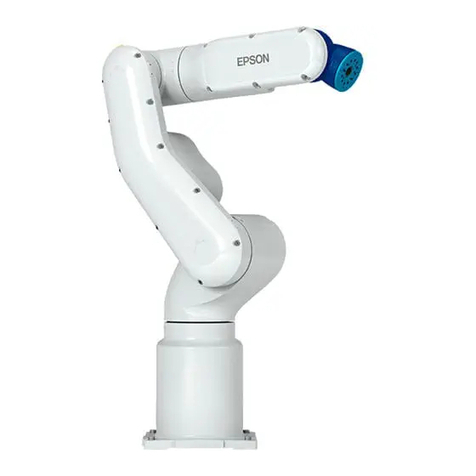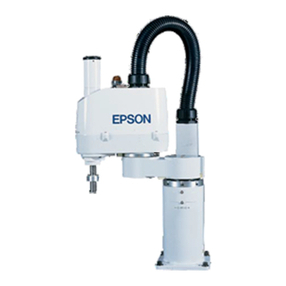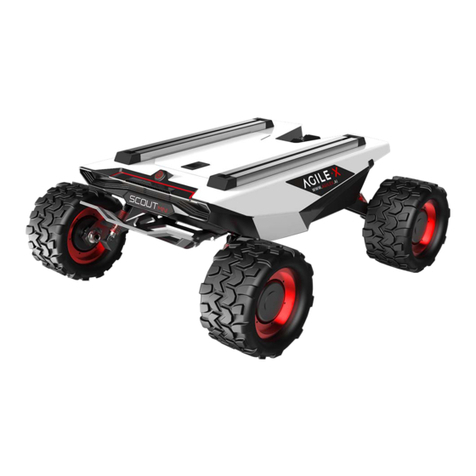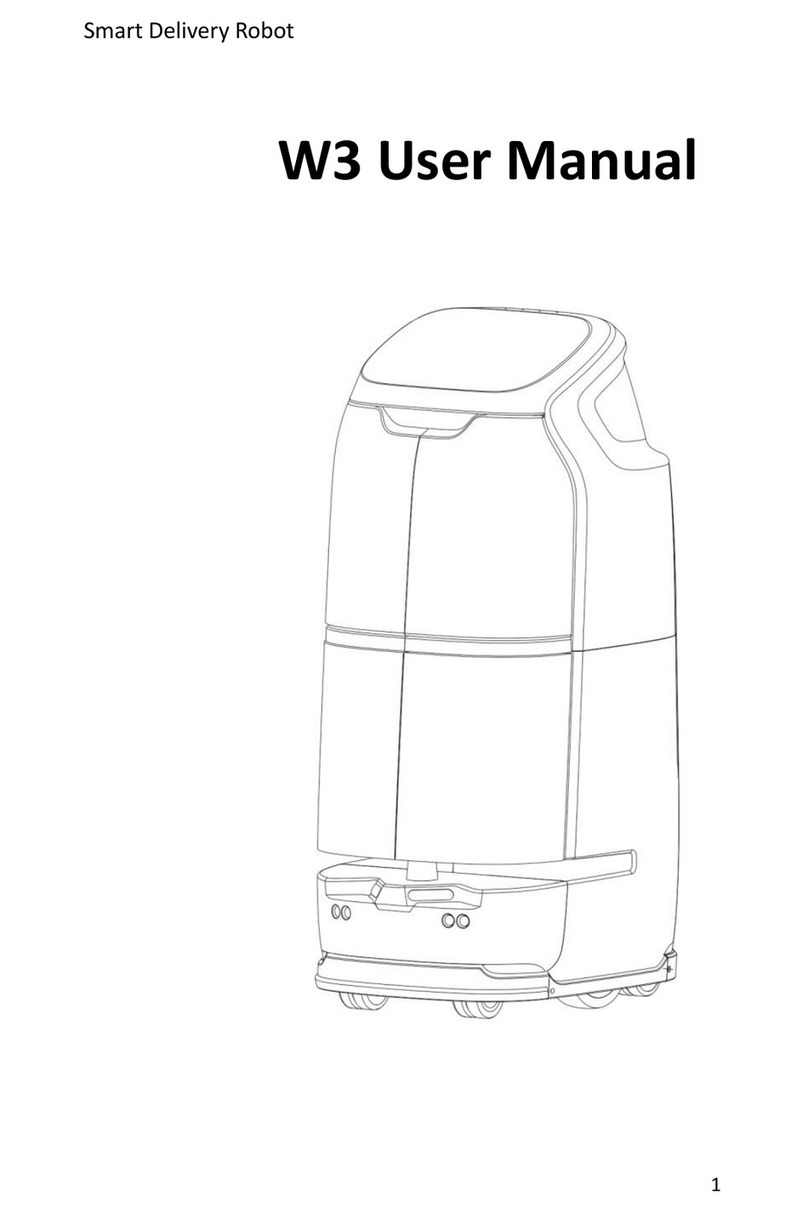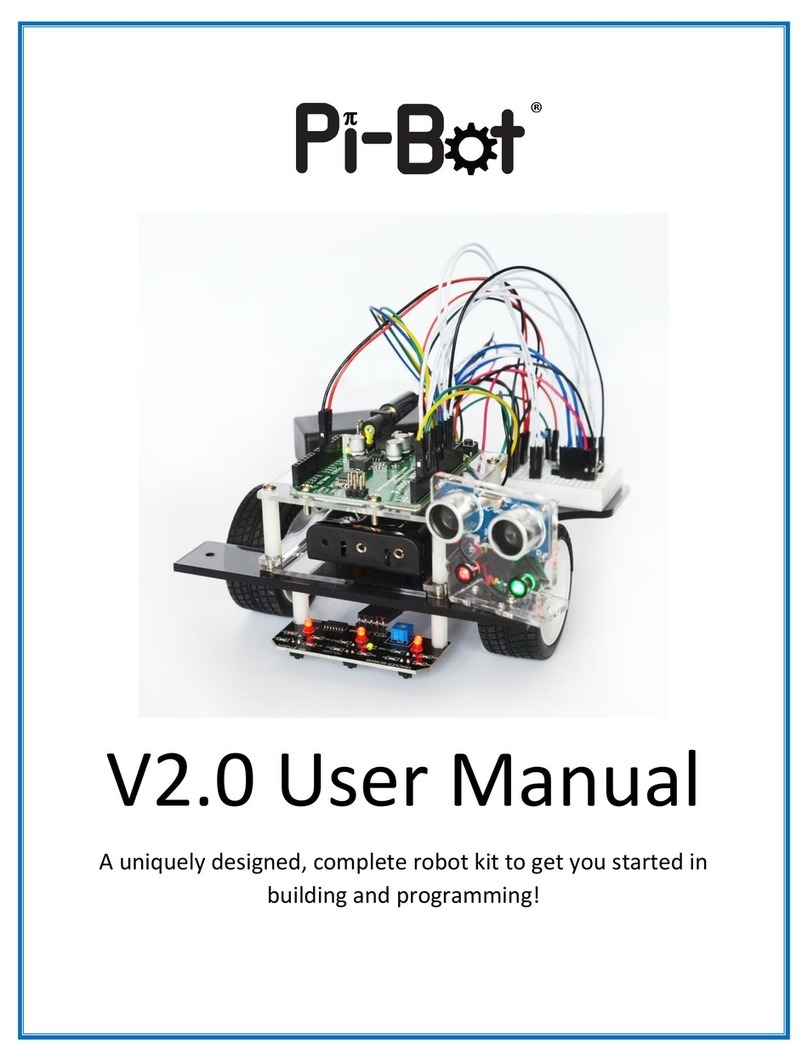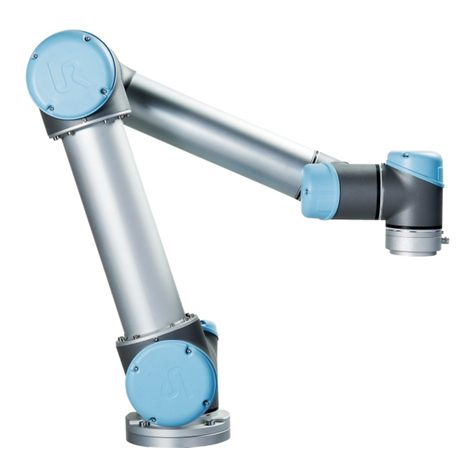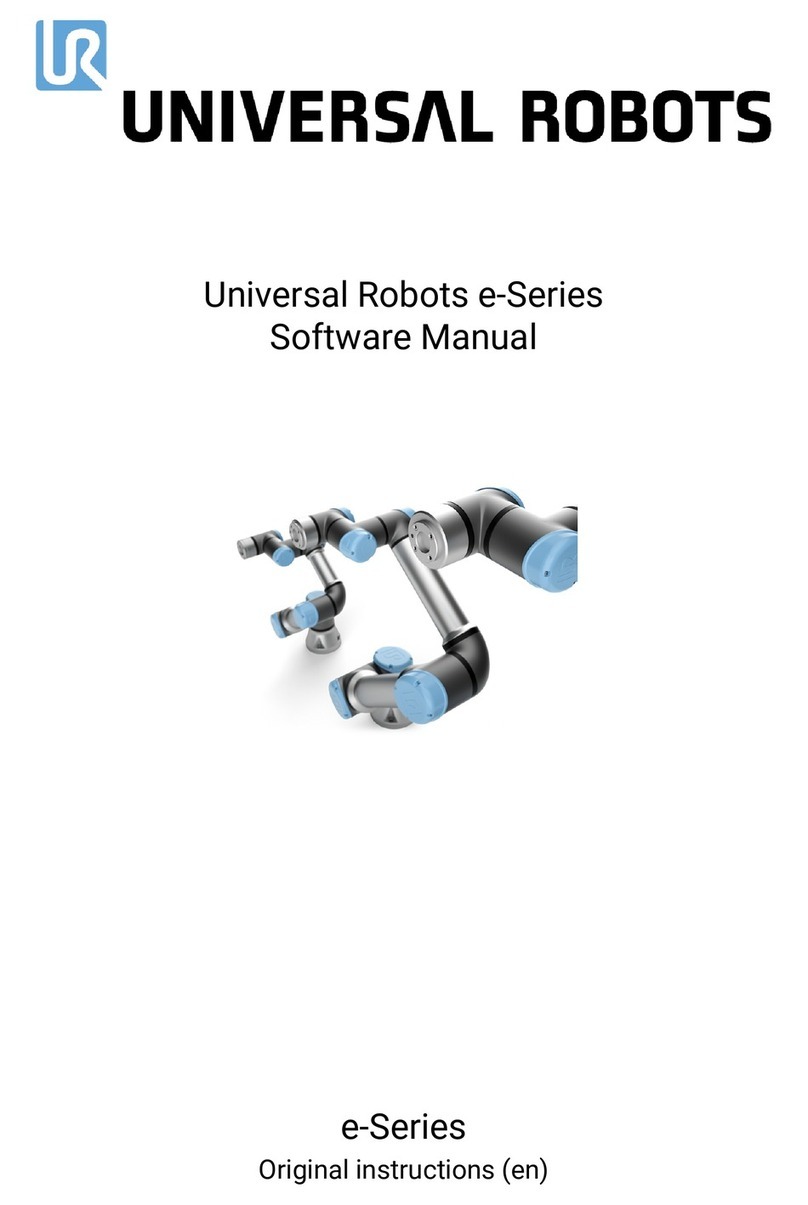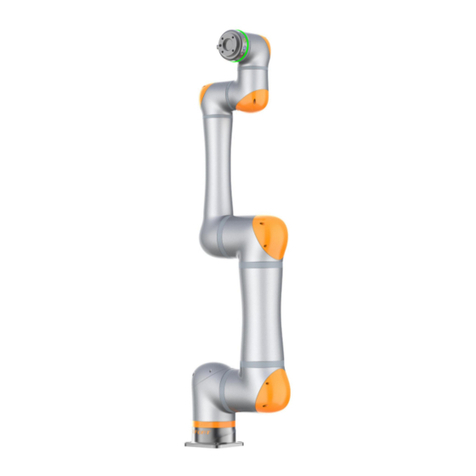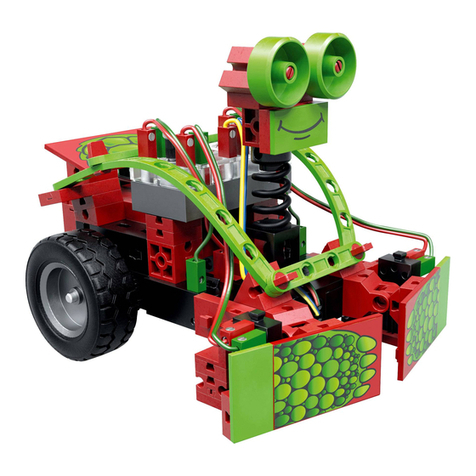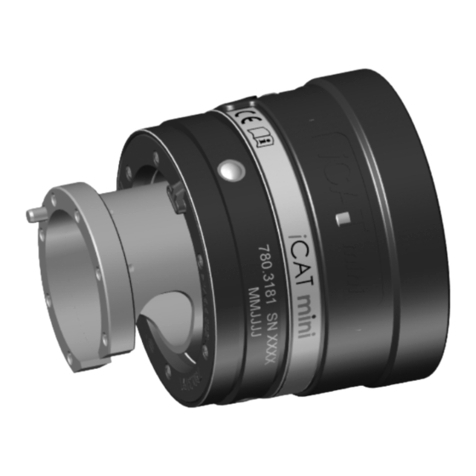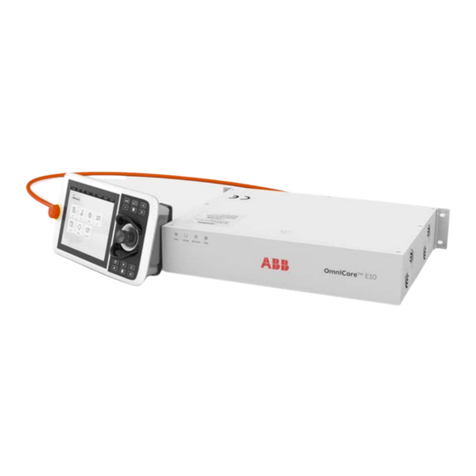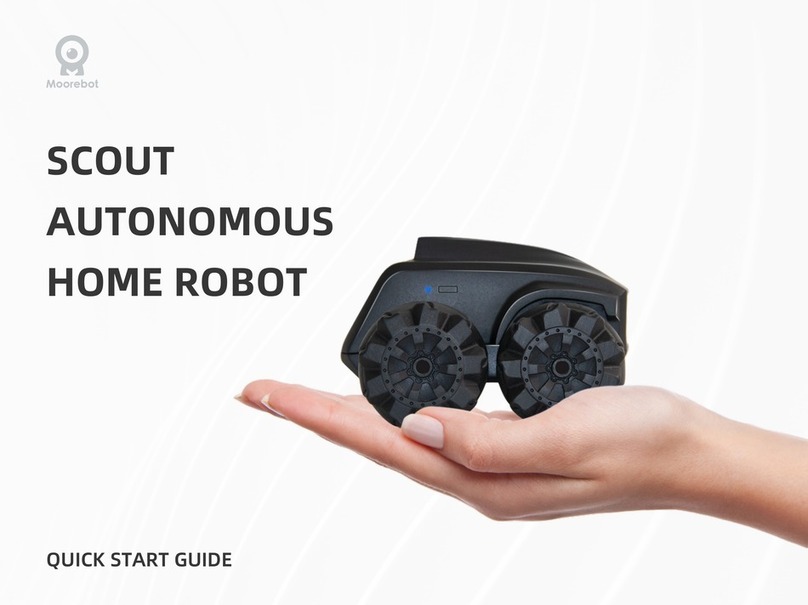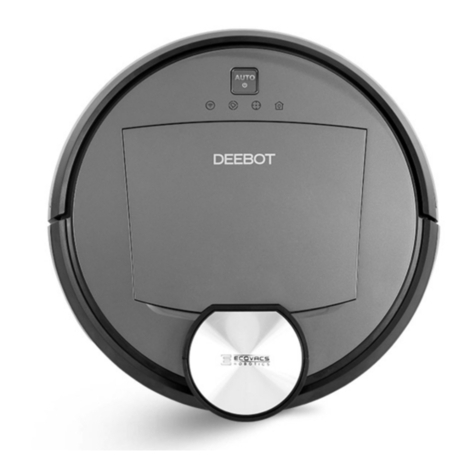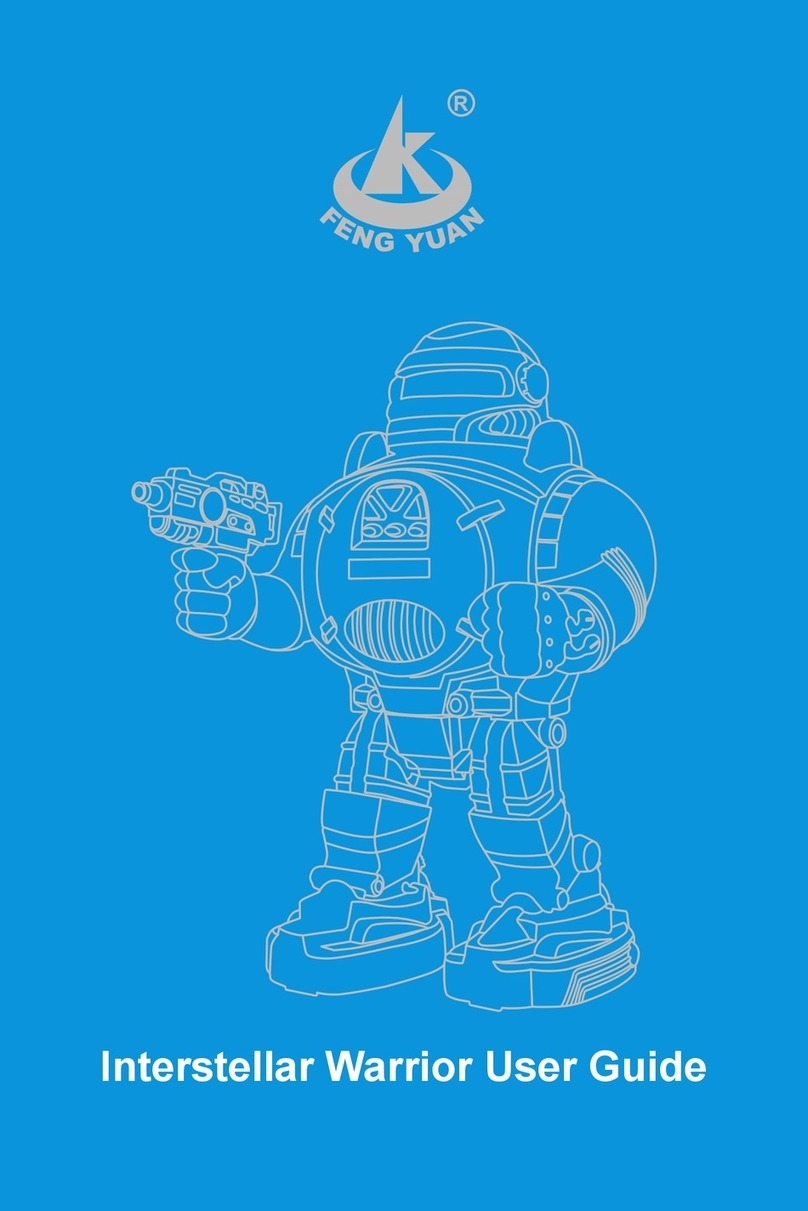
viii
12. Protected Model ...................................................................... 69
12.1 Manipulator part names ..................................................................... 70
12.2 Environmental conditions ................................................................... 71
General environmental conditions...............................................................71
Special environmental conditions ...............................................................72
12.3 Connecting the cables........................................................................ 73
12.4 User wires and pneumatic tubes........................................................ 74
12.5 External dimensions........................................................................... 76
12.6 Additional specifications..................................................................... 78
Part 2: Maintenance
Maintenance Safety Precautions ................................................. 81
1. General Maintenance ................................................................ 83
1.1 Maintenance Inspection Schedule ....................................................... 83
1.2 Inspections ........................................................................................... 84
1.3 Lubrication............................................................................................ 86
1.4 Tightening Torque of Bolts.................................................................... 86
1.5 Matching mechanical and electrical origins.......................................... 87
1.6 Differences between ES and EL Series ............................................... 87
1.7 Internal Layout...................................................................................... 88
2. Opening the Covers .................................................................. 89
2.1 Arm Top Cover ..................................................................................... 89
2.2 Arm Bottom Cover................................................................................ 90
2.3 Joint #1 Cover ...................................................................................... 90
2.4 Base Connector Plate .......................................................................... 91
3. Replacing the Cable Unit .......................................................... 93
3.1 Cable Unit Replacement Procedure..................................................... 94
3.2 Wiring Schematic 1 .............................................................................. 98
3.3 Wiring Schematic 2 .............................................................................. 99
4. Connector Pin Assignments................................................... 101
5. Replacing the Motors .............................................................. 107
5.1 Replacing the Joint #1 Motor.............................................................. 108
5.2 Replacing the Joint #2 Motor...............................................................112
5.3 Replacing the Joint #3 Motor...............................................................116
5.4 Replacing the Joint #4 Motor.............................................................. 122
6. Replacing the Reduction Gear Units ..................................... 127
6.1 Replacing the Joint #1 Reduction Gear Unit ...................................... 130
6.2 Replacing the Joint #2 Reduction Gear Unit ...................................... 139
7. Replacing the Brake................................................................ 151
8. Replacing the Timing Belts .................................................... 155
8.1 Replacing the Z belt ........................................................................... 156
8.2 Replacing the U1 Belt......................................................................... 159
8.3 Replacing the U2 Belt......................................................................... 162
9. Replacing the Ball Screw Spline Unit .................................... 167
9.1 Replacing the Ball Screw Spline Unit ................................................. 168
9.2 Greasing the Ball Screw Spline Unit .................................................. 173
10. Replacing the Signal Relay Board ....................................... 175
10.1 Signal Relay Board........................................................................... 175
10.2 Replacing the Lithium Battery .......................................................... 177
